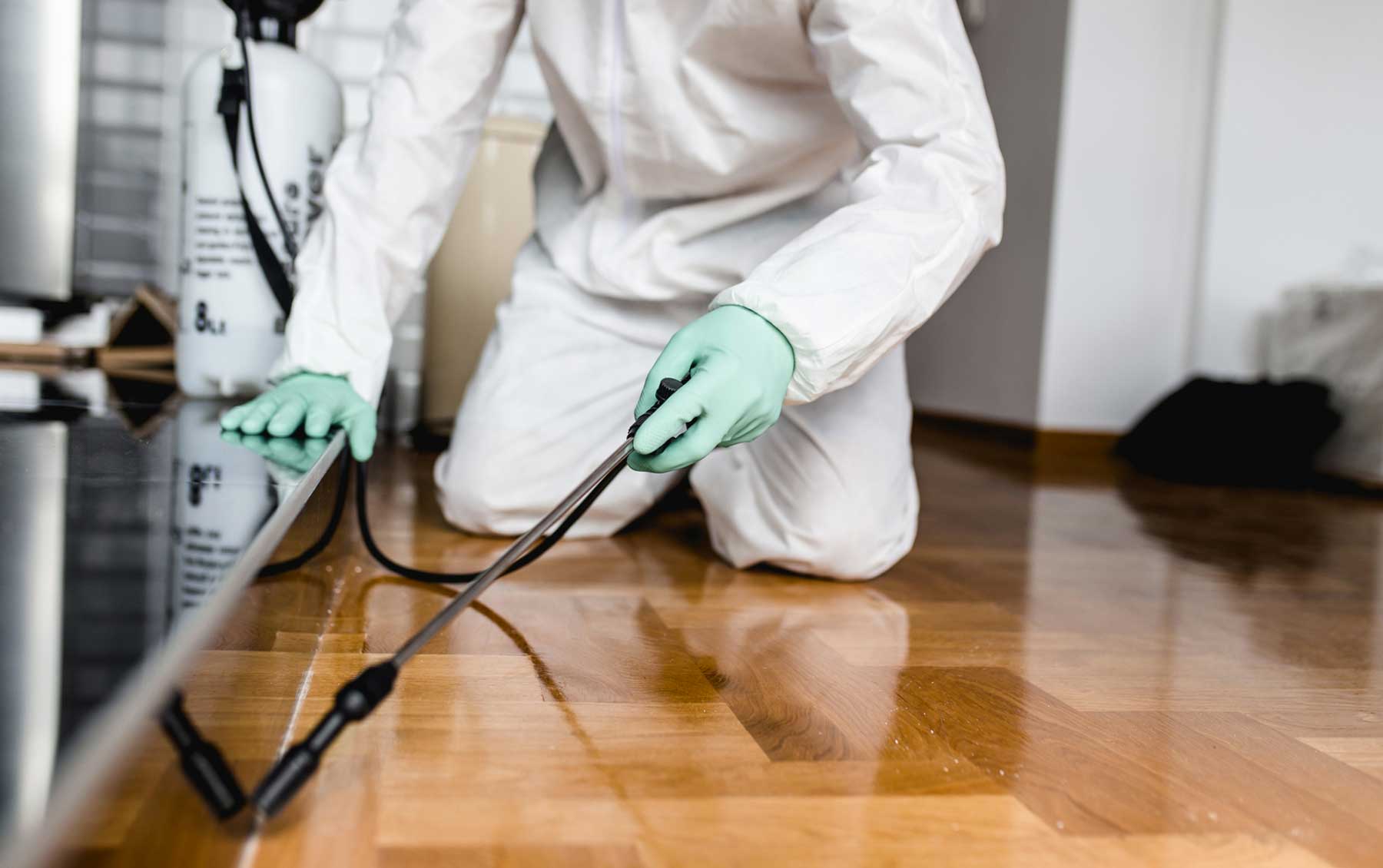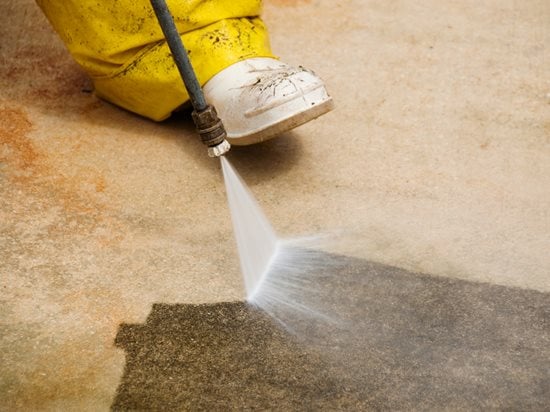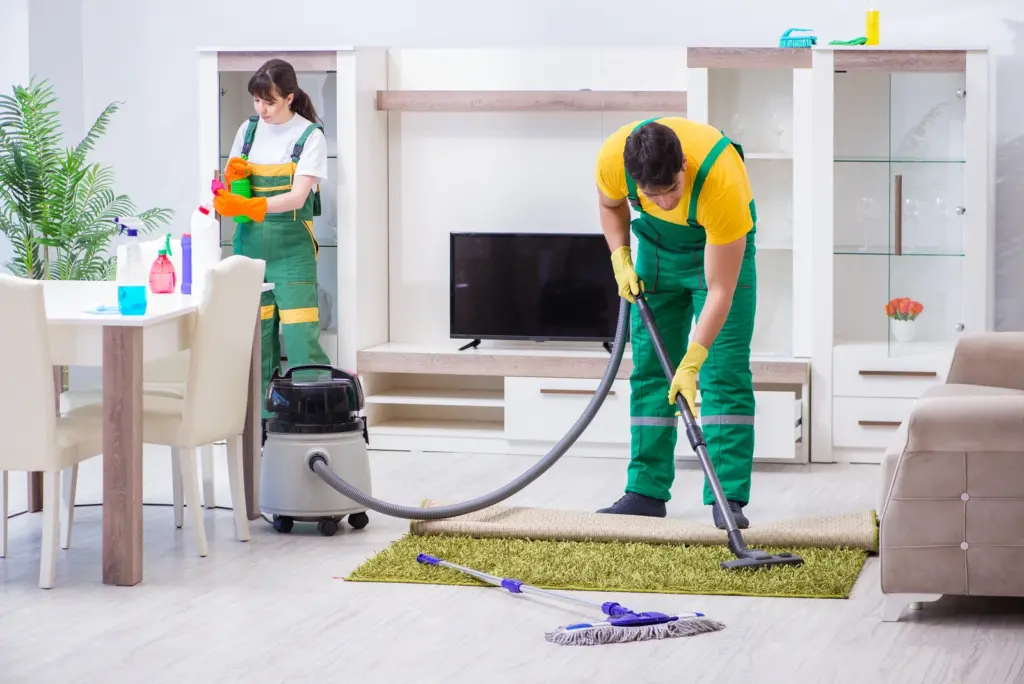Bedbugs are small, reddish-brown insects that feed on the blood of humans and animals. Although they do not transmit disease, bedbugs can cause discomfort, anxiety, and inconvenience for those affected by their presence. Identifying and preventing a bedbug infestation is essential for maintaining a hygienic and comfortable living environment. In this article, we’ll explore how to identify bedbugs and implement preventive measures to avoid infestations.
Identifying Bedbugs:
- Physical Appearance: Adult bedbugs are oval-shaped and flat, with a reddish-brown color. They are about the size of an apple seed (around 5-7 millimeters long) and have six legs. Young bedbugs (nymphs) are smaller and lighter in color.
- Bite Marks: Bedbug bites are often the first sign of an infestation. They typically appear as red, itchy welts on the skin, usually in a clustered or linear pattern. However, not everyone reacts to bedbug bites, so the absence of bites does not necessarily mean an absence of bedbugs.
- Live Insects: Bedbugs are nocturnal and typically hide during the day, making them challenging to spot. However, if you suspect a bedbug infestation, you may find live insects hiding in crevices, seams of mattresses and furniture, or behind baseboards and electrical outlets.
- Blood Stains: As bedbugs feed, they may leave behind small bloodstains on sheets, pillowcases, and other bedding. These stains may appear as small, reddish-brown spots or smears.
- Fecal Matter: Bedbugs excrete fecal matter after feeding, which appears as dark, rust-colored spots on bedding, mattresses, and other surfaces. These spots may resemble small dots or streaks.
Preventing Bedbug Infestations:
- Inspect Secondhand Furniture: When acquiring secondhand furniture or bedding, thoroughly inspect it for signs of bedbugs before bringing it into your home. Pay close attention to seams, cracks, and crevices where bedbugs may hide.
- Encase Mattresses and Box Springs: Use mattress and box spring encasements designed to trap bedbugs and prevent them from infesting your bedding. These encasements should be kept on the mattress and box spring for at least a year to ensure any trapped bedbugs are eliminated.
- Regularly Launder Bedding: Wash bedding, linens, and clothing regularly in hot water (at least 60°C or 140°F) to kill bedbugs and their eggs. Dry bedding on the hottest setting for at least 30 minutes to ensure complete elimination.
- Reduce Clutter: Clutter provides hiding places for bedbugs, making it more difficult to detect and eliminate infestations. Keep your living spaces tidy and clutter-free to minimize hiding spots for bedbugs.
- Inspect Luggage and Belongings: When traveling or staying in hotels, inspect luggage, clothing, and personal belongings for signs of bedbugs before returning home. Avoid placing luggage on the bed or upholstered furniture in hotel rooms.
- Seal Cracks and Crevices: Seal cracks and crevices in walls, baseboards, and furniture to prevent bedbugs from entering your home. Use caulk or sealant to fill gaps around pipes, electrical outlets, and other entry points.
- Vacuum Regularly: Vacuum carpets, rugs, upholstery, and other surfaces regularly to remove bedbugs, eggs, and fecal matter. Be sure to dispose of the vacuum bag or empty the canister in an outdoor trash bin immediately after vacuuming.
Conclusion:
By familiarizing yourself with the signs of a bedbug infestation and implementing preventive measures, you can reduce the risk of bedbugs taking up residence in your home. Regular inspection, thorough cleaning, and prudent habits while traveling are key to avoiding the discomfort and inconvenience associated with bedbug infestations. If you suspect a bedbug infestation in your home, consider seeking assistance from a professional pest control service for effective eradication.




